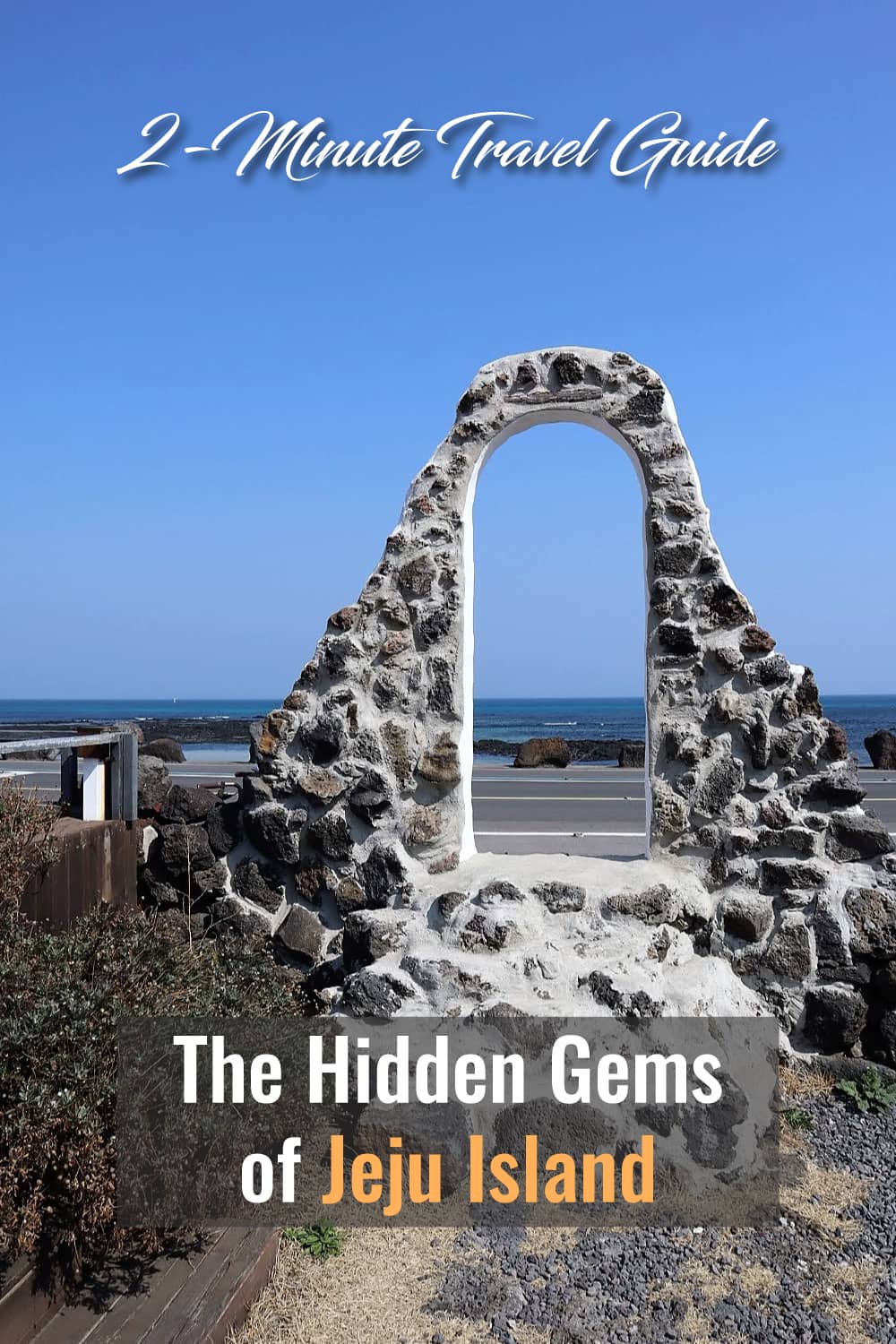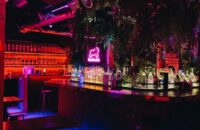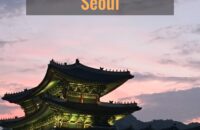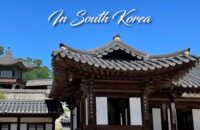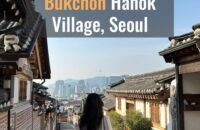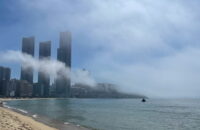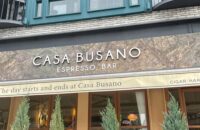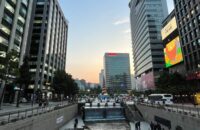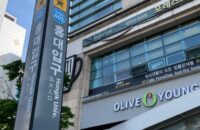With pristine forests sponsored by conglomerates, party/surf beaches and 100 museums, there’s something for everyone on Jeju Island.
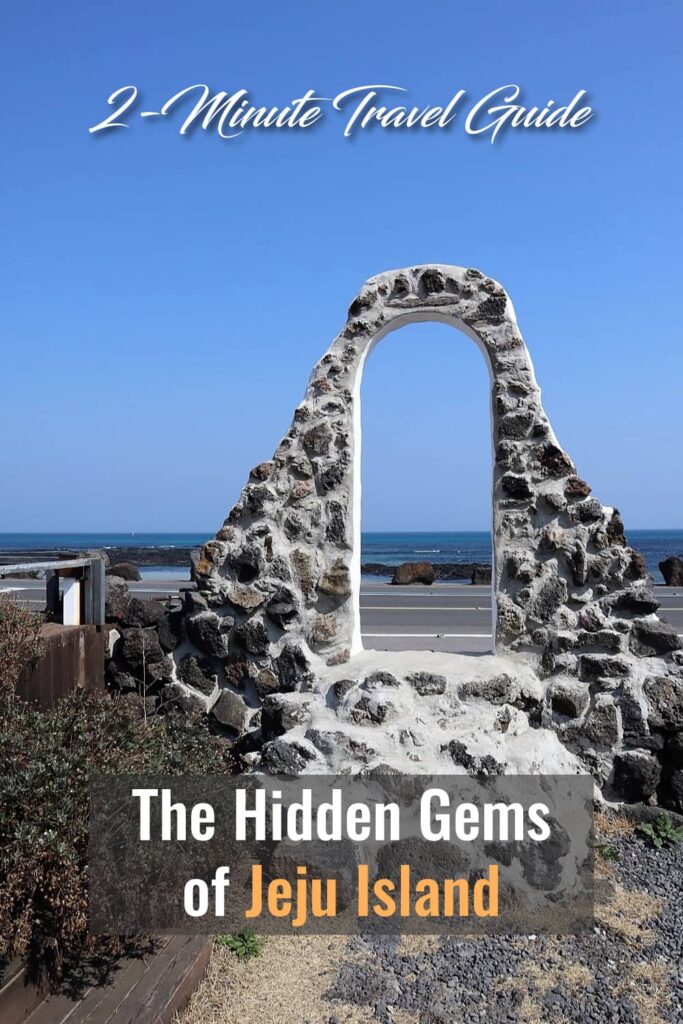
What to know
- Jeju is 1,849 km² (707.8 sq mi), so you could get around the entire island in a few days.
- There are two main cities, Jeju City where the airport is located in the north and Seogwipo in the south.
- You can get around without a car, but it’s a lot easier with one.
- There are beaches all over the island.
- Driving around and exploring is the best thing to do.
- There are many hidden forests in the center where you can be alone in nature.
- Jeju Island is bursting with museums including a “love”, teddy bear, and media art.
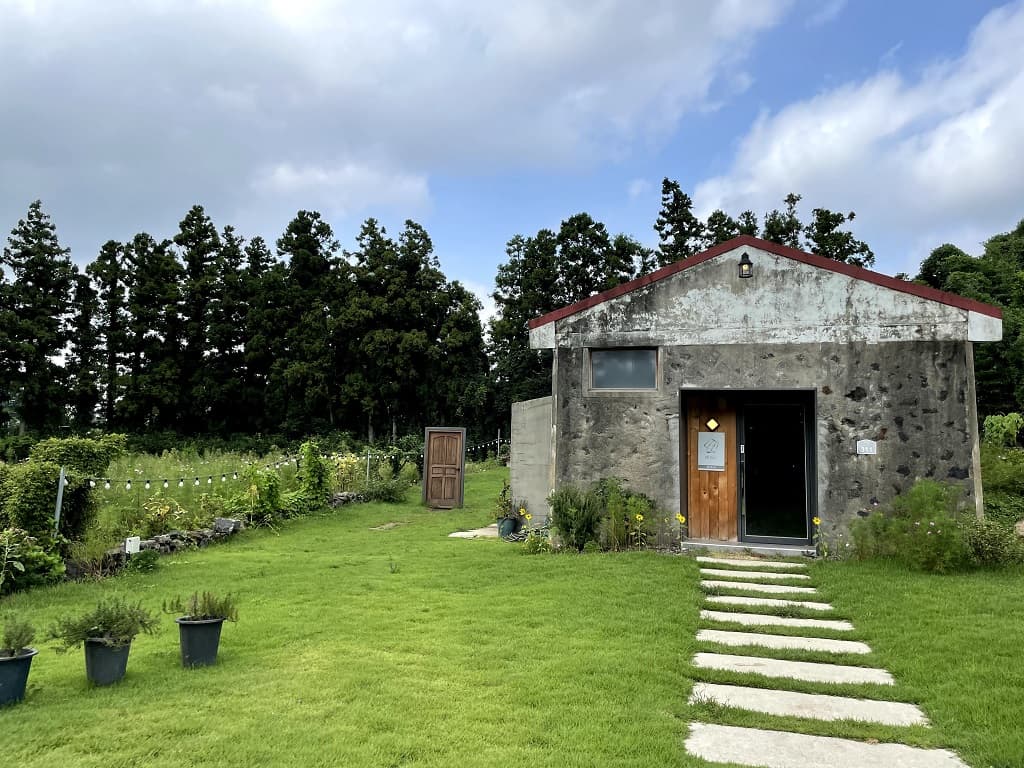
Jeju is the “Hawaii of Korea”.
278 Donghong-dong, Seogwipo-si, Jeju-do, South Korea
How to get to Jeju?
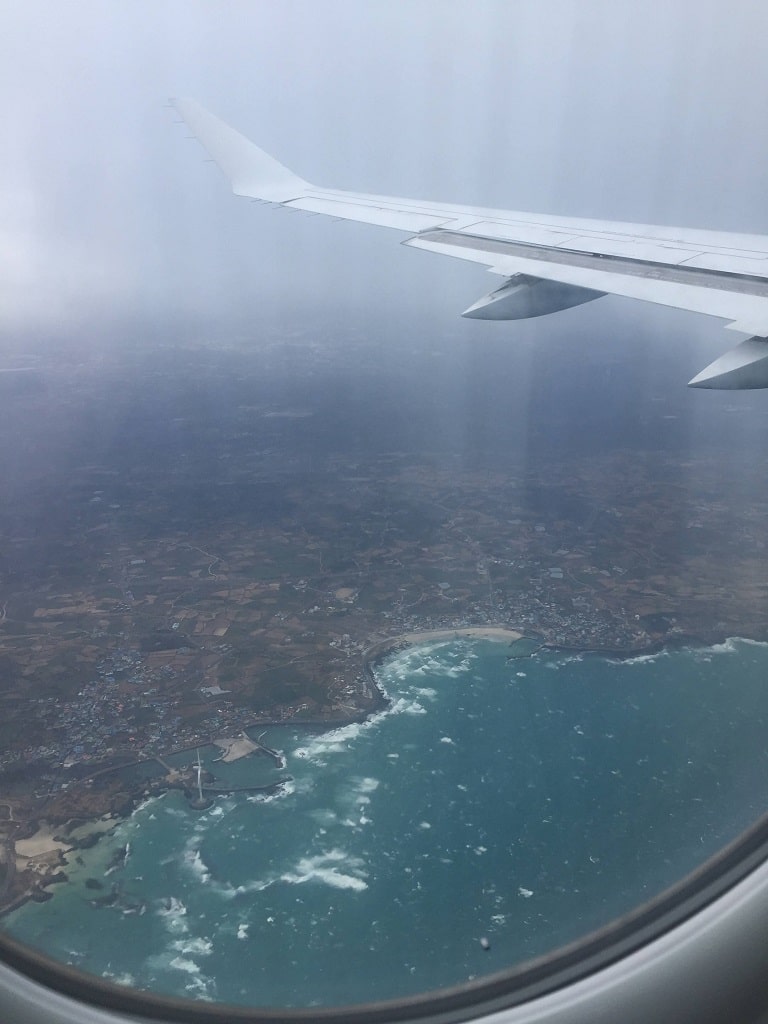
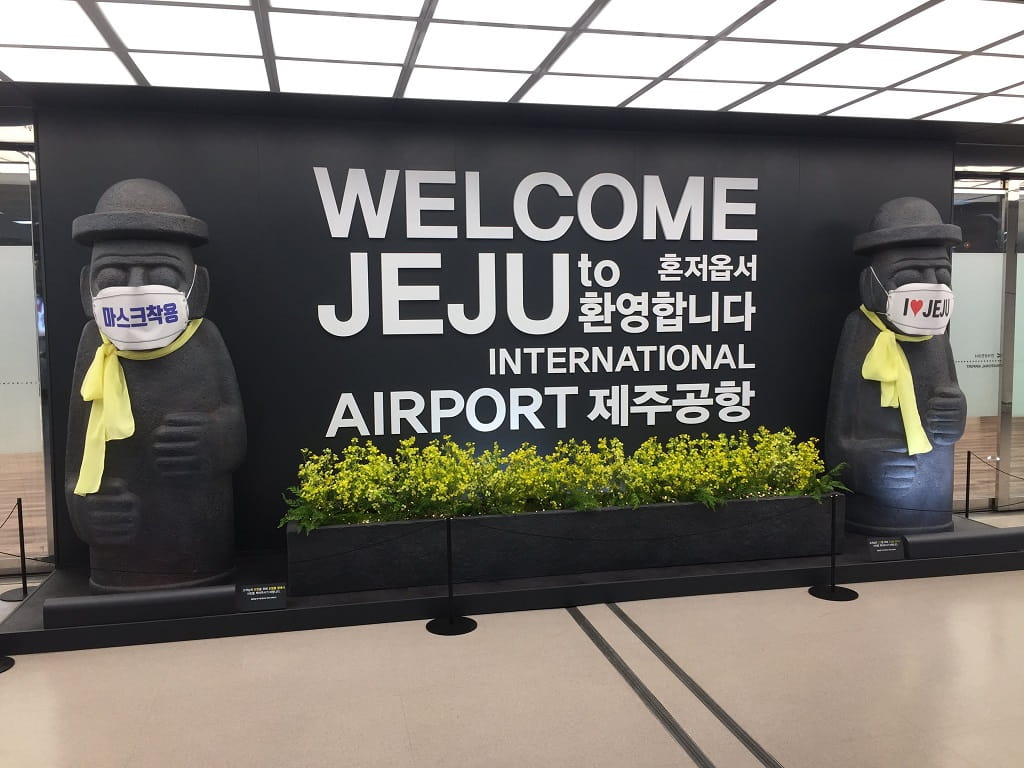
You can fly in from Gimpo, Cheongju, Daegu, Gwangju, Pohang, Kunsan, and Gimhae Airports.
There’s also a ferry from Mokpo, Wando, Yeosu, Nokdong, and Jindo.
Where to stay
Guest houses are tempting since they have high ratings, but they often have overbearing hosts and paper-thin walls. I’d pay a few extra dollars and get a proper hotel.
Park Sunshine Jeju
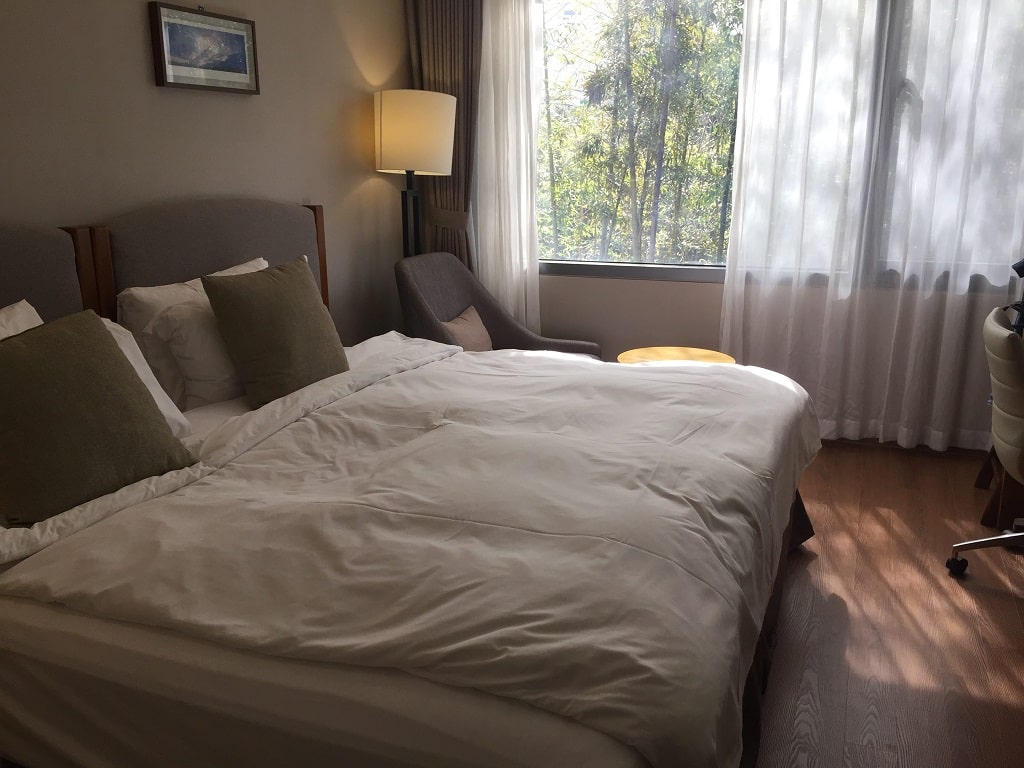
Park Sunshine is a proper hotel that only costs a few dollars more than a guesthouse. It’s located near Seogwipo, so you can use it as a base to check out the whole southern half of the island.
135 Namseongjung-ro, 천지동 Seogwipo-si, Jeju-do, South Korea
What to do
Beaches
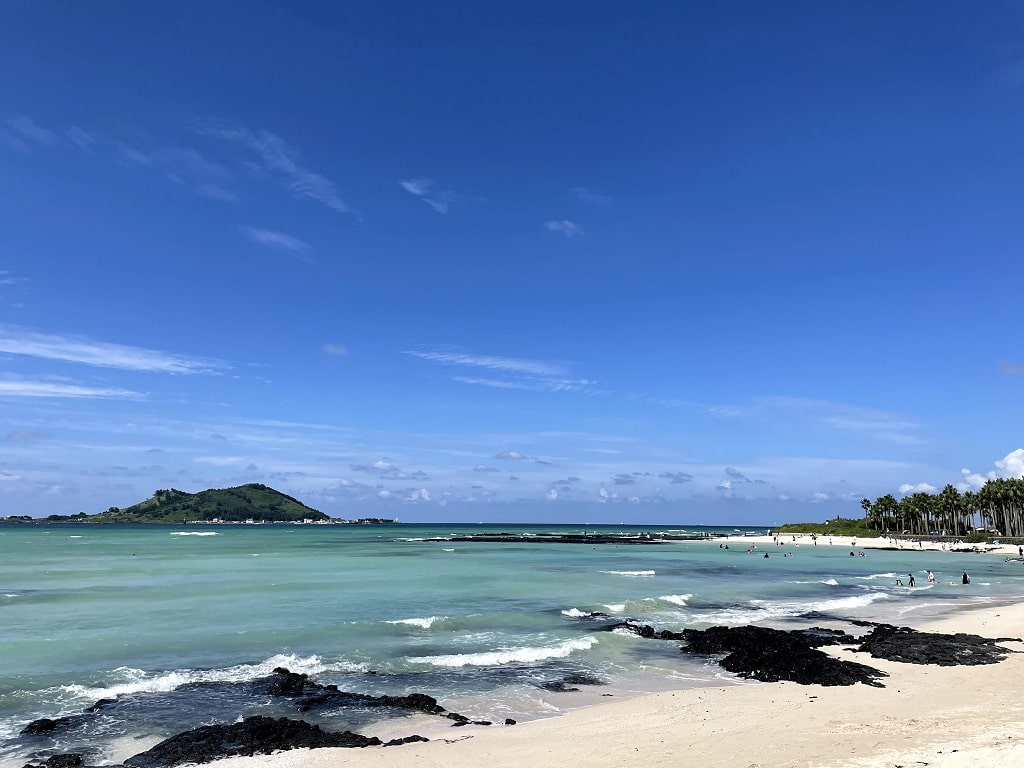
Surprisingly, there aren’t that many good swimming beaches on Jeju. They’re either too shallow or rocky.
The popular ones are concentrated on the northwest coast, so you can hop around until you find the right one for you. They get less crowded the further you get from the airport.
Geumneung Beach is probably the best looking and largest beach. But, it gets busy in the summer. It’s connected to a few other beaches in the northwest that are more or less walkable.
Jungmun Beach is further south near Seogwipo and you can surf there at times. There’s also a bar on a cliff overlooking the beach that can be fun.
Weoljeong Beach in the northeast is more for the views, but you can squeeze out some swimming and surfing.
Hamdeok, Pyoseon and Hyupjae Beach are all pretty good. If you have time, Udo (Cow Island) on the east has beautiful beaches.
It was warm enough to swim in September while avoiding the summer vacation crowd from the mainland.
Forests

In addition to large forests where you can see lines of people walking in unison, there are smaller hidden ones where you can feel the moisture and cool breeze between the trees.
Honest Milk Dairy Farm 어니스트밀크 본점 (East)
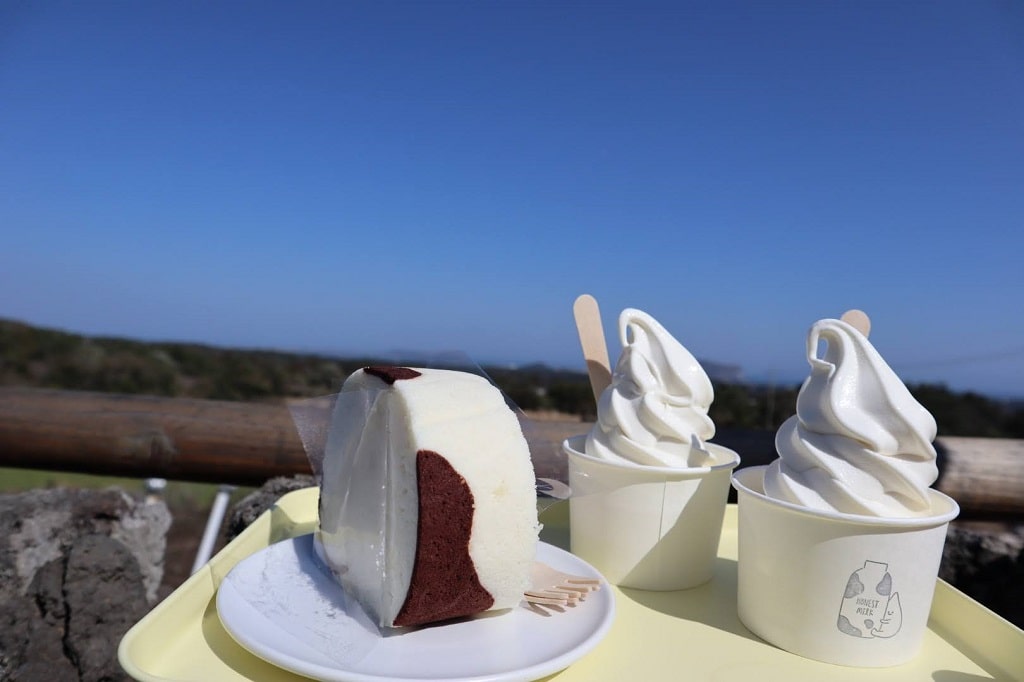
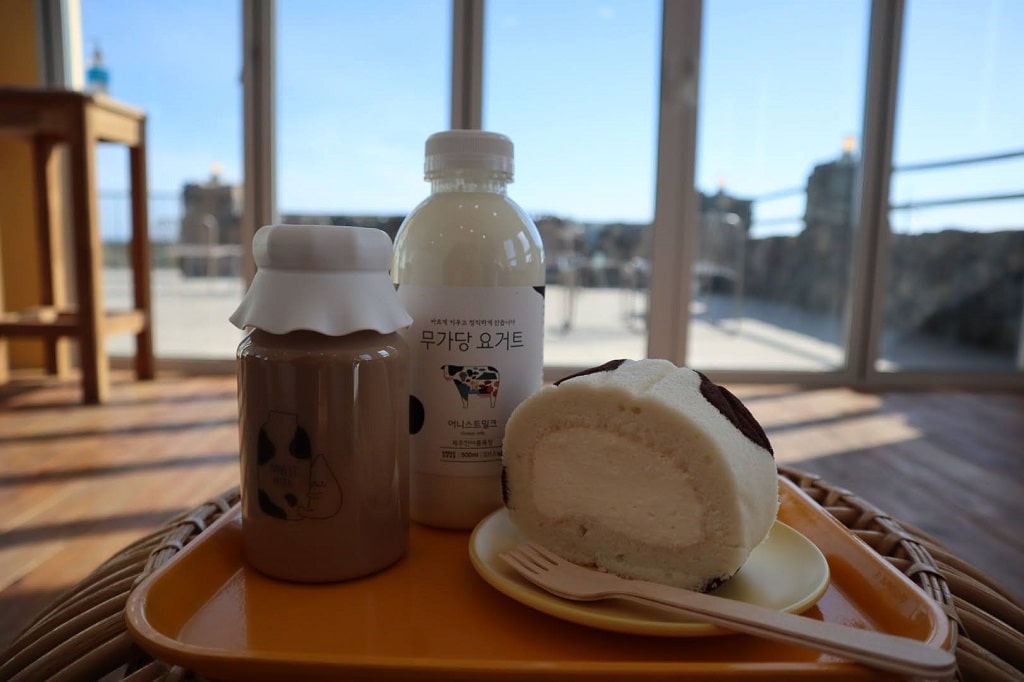
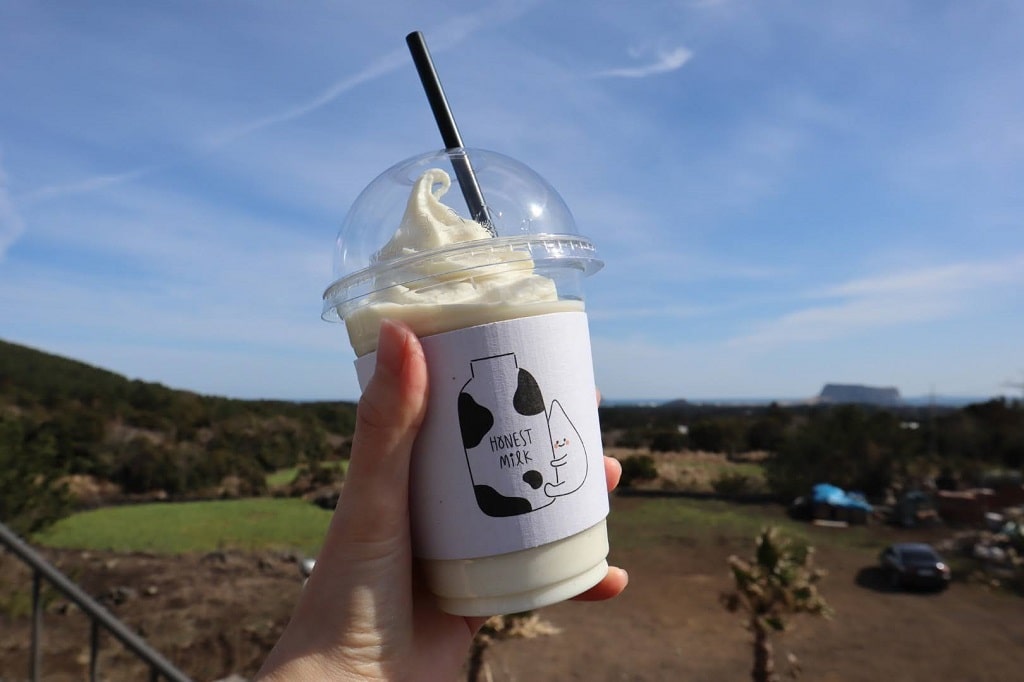
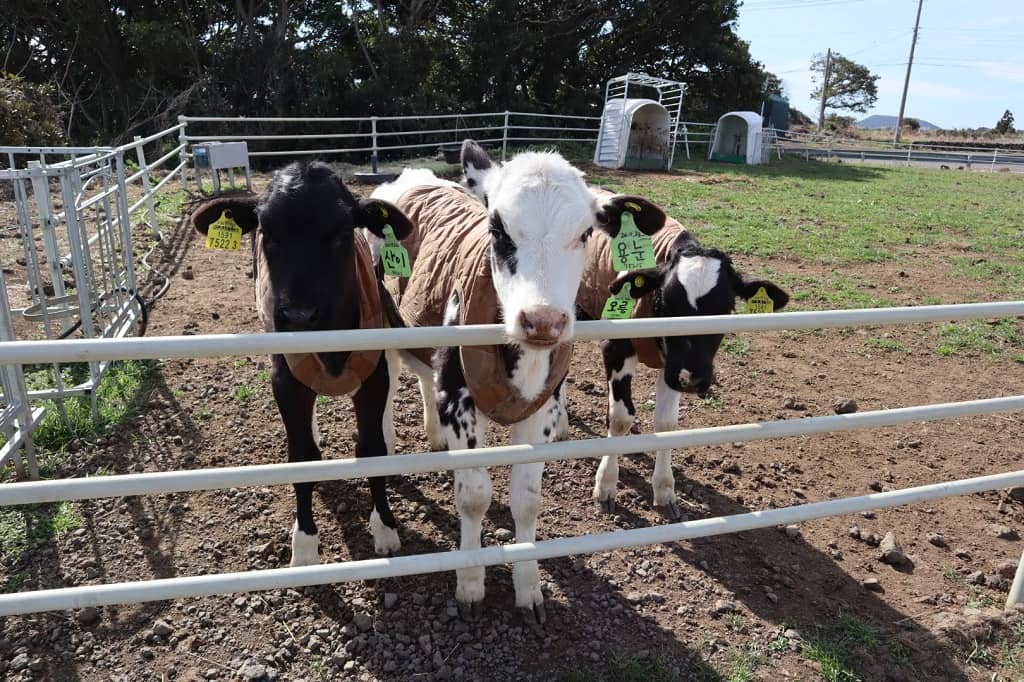
Hard to get to without a car, but so worth it if you like cute cows and fresh dairy.
There’s a bonus view of Seongsan Ilchulbong.
Their roll cake and ice cream did bad things to my waistline, but it was so worth it that we went twice!
제주 서귀포시 성산읍 중산간동로 3147-7 2층
Seongsan Ilchulbong (East)
One of the most popular places to hike on Jeju. It’s tradition to hike up there on New Year’s Day and see the first sunrise.
Udo Island (East)
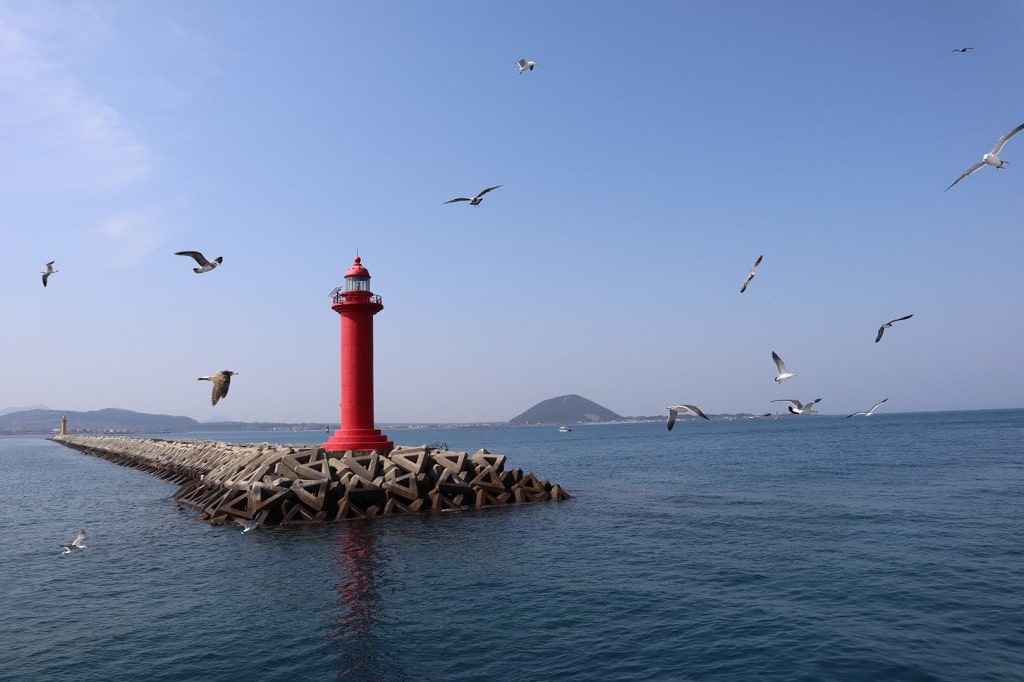
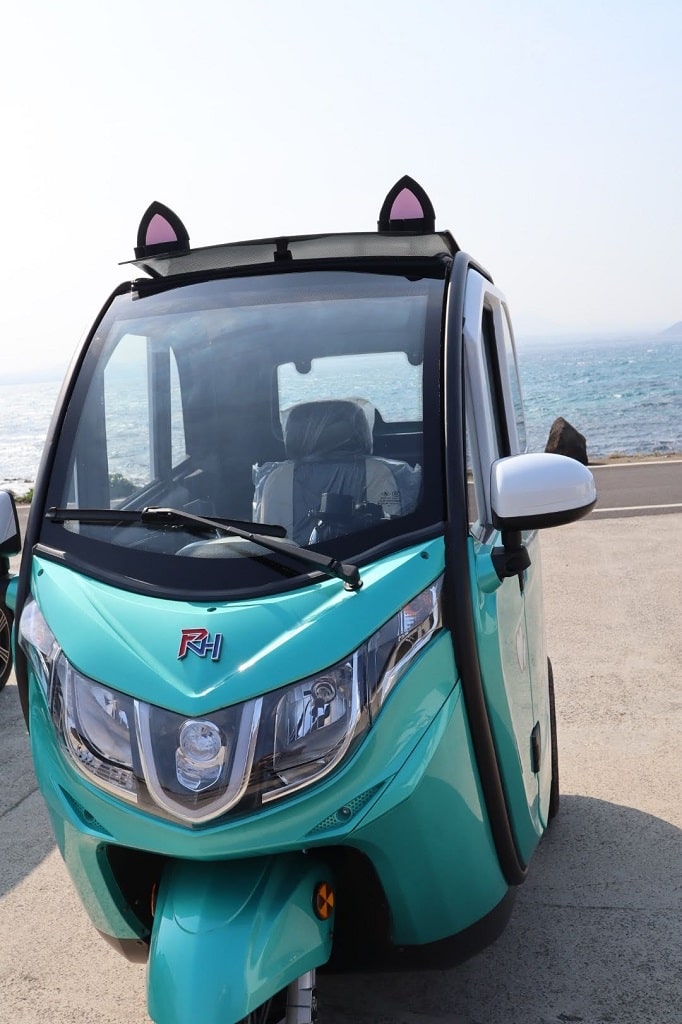
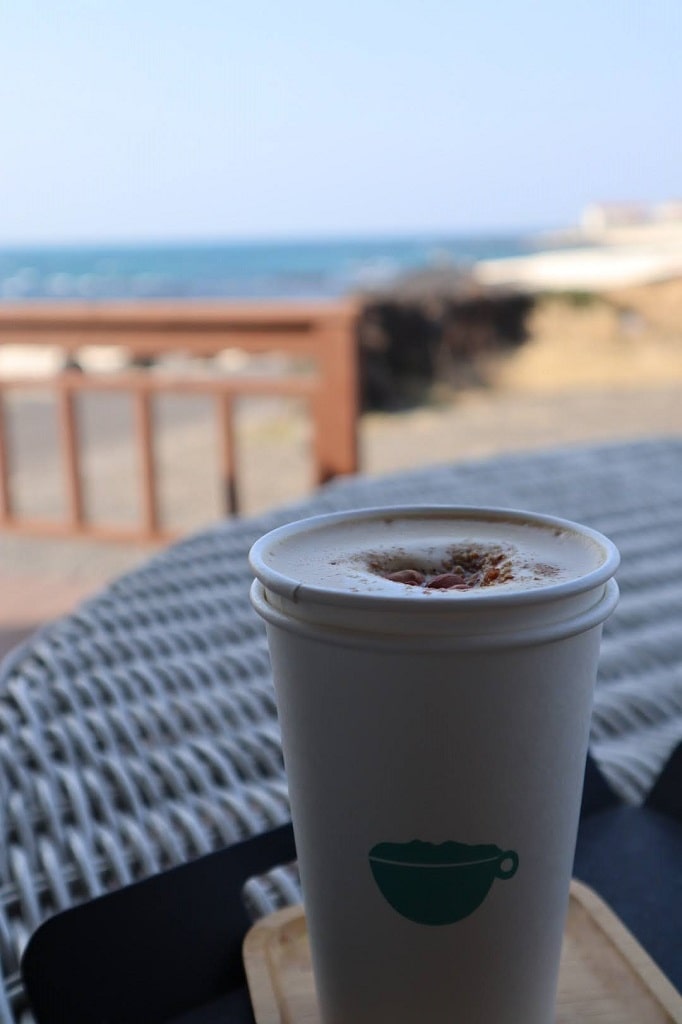
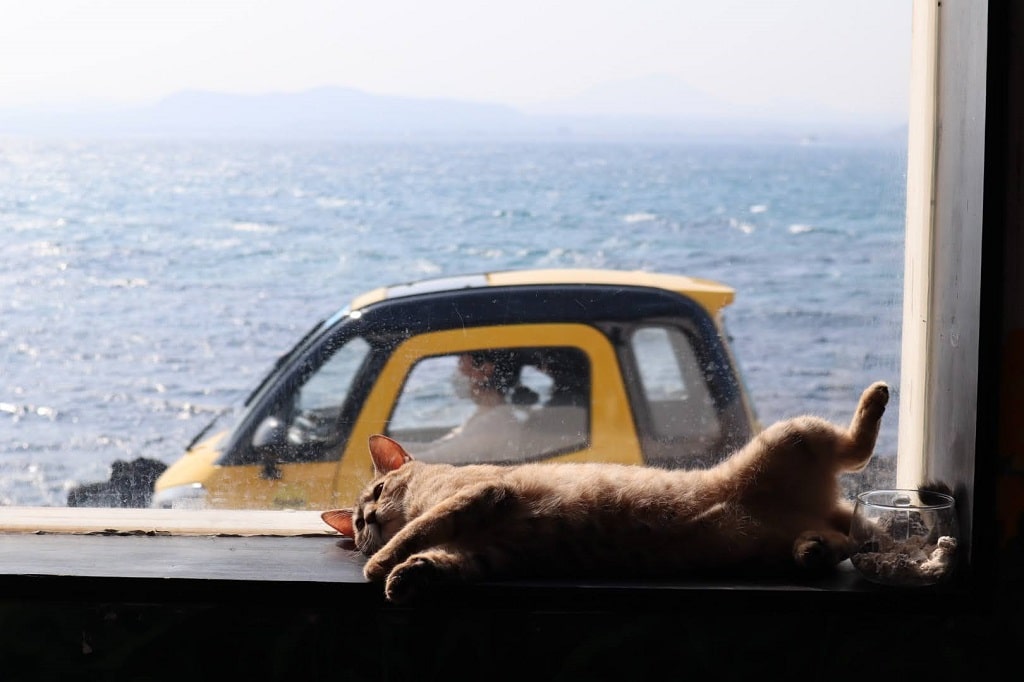
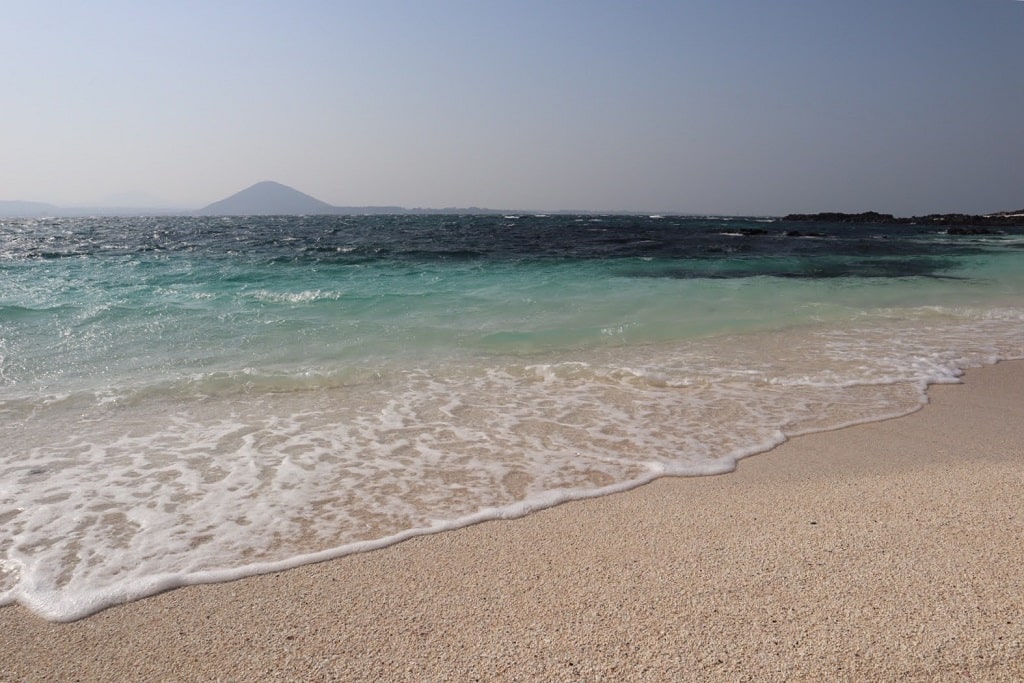
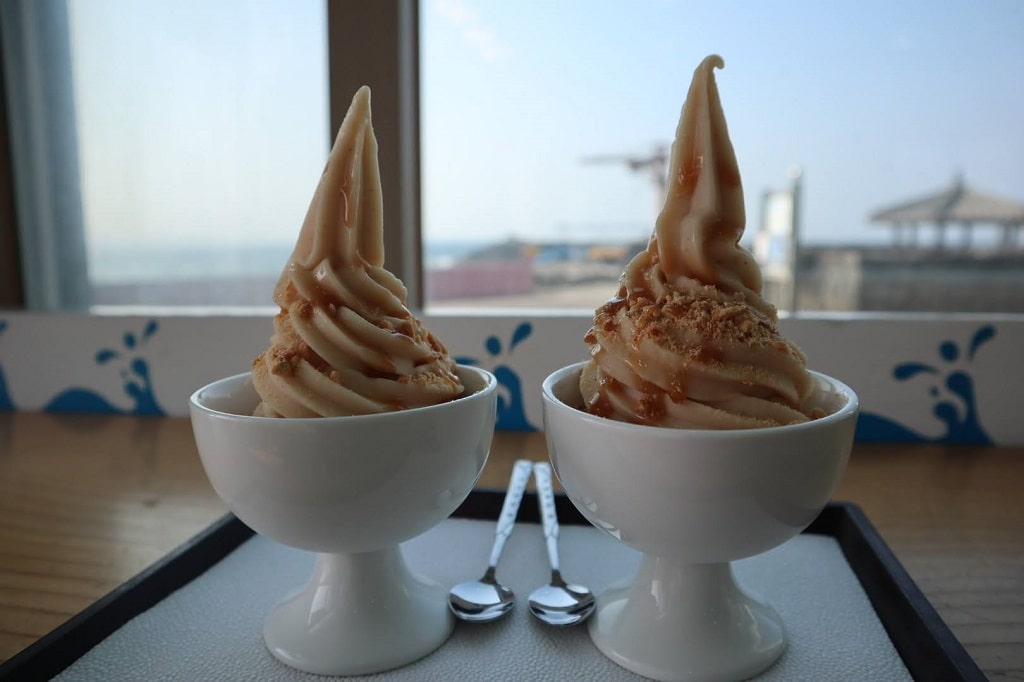
The island has an island. Worth a trip to see the once tranquil fishing villages and fields.
Peanut Latte is delicious, while the famous peanut ice cream is a bit overrated.
Jeju Museum Of Art (North)
If you need a break from the beach, Jeju Museum of Art is a visually-appealing building that houses some neat contemporary works. It’s close to Jeju City and easier to get to with public transport.
South Korea, Jeju-do, Jeju-si, 특별자치도, 1100-ro, 2894-78 KR
Jeju Museum Of Contemporary Art (West)
There’s a nice modern art museum off the beaten tourist path. It’s a bit heavy and challenging, but you won’t walk out of there the same person.
35 Jeoji 14-gil, Jeju-si, Jeju-do, South Korea
Arte Museum Jeju (Northwest)
A fun media art museum where you can experience the lights and sounds of famous artwork. A lot lighter than the aforementioned museum.
South Korea, Jeju-do, Jeju-si, 특별자치도, 1100-ro, 2894-78 KR
Jeju National Museum (North)
Jeju Island has a unique culture and history that’s worth a look. You can get a nice introduction to the island’s past at the Jeju National Museum. It’s right in Jeju City, so it’s easy to get there without driving.
17 Iljudong-ro, Jeju-si, Jeju-do, South Korea
O’sulloc (South)
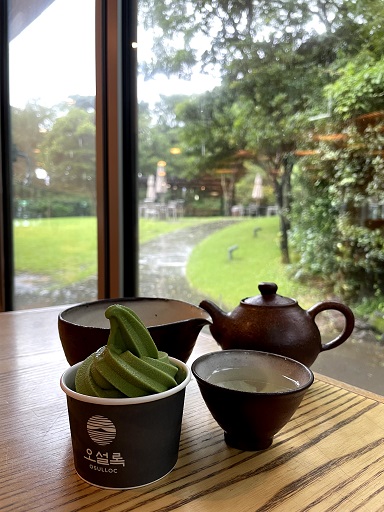
Jeju’s best tea experience. A great visit even for non-tea drinkers (you can enjoy their green tea ice cream and roll cake).
The grounds and tea fields are beautiful.
15 Sinhwayeoksa-ro, Andeok-myeon, Seogwipo-si, Jeju-do, South Korea
Manjanggul Cave Lava Tube (North)
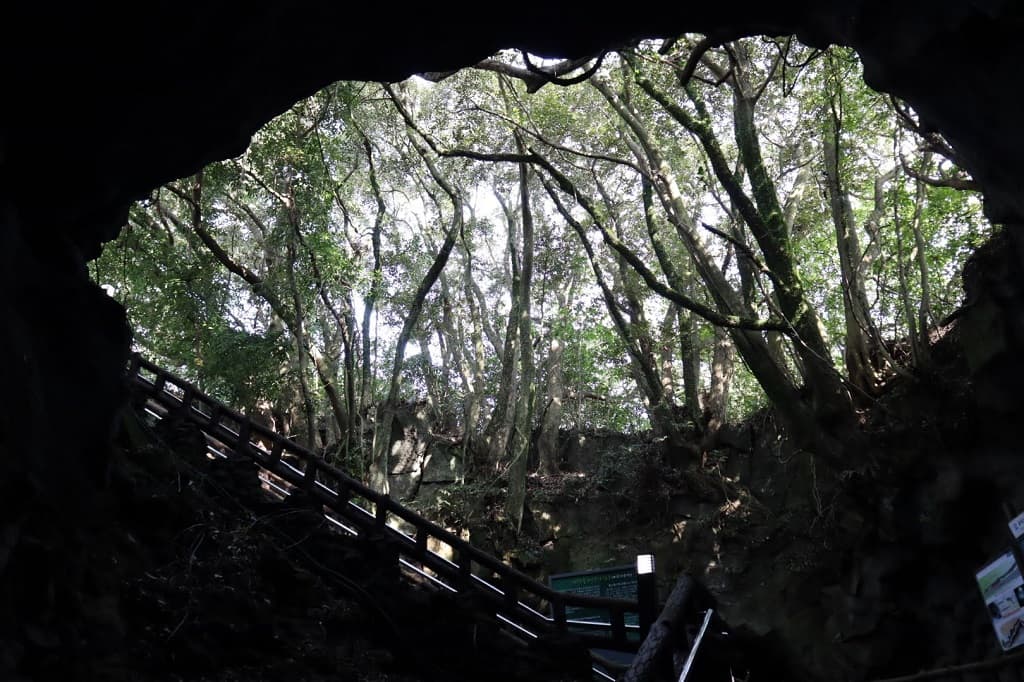
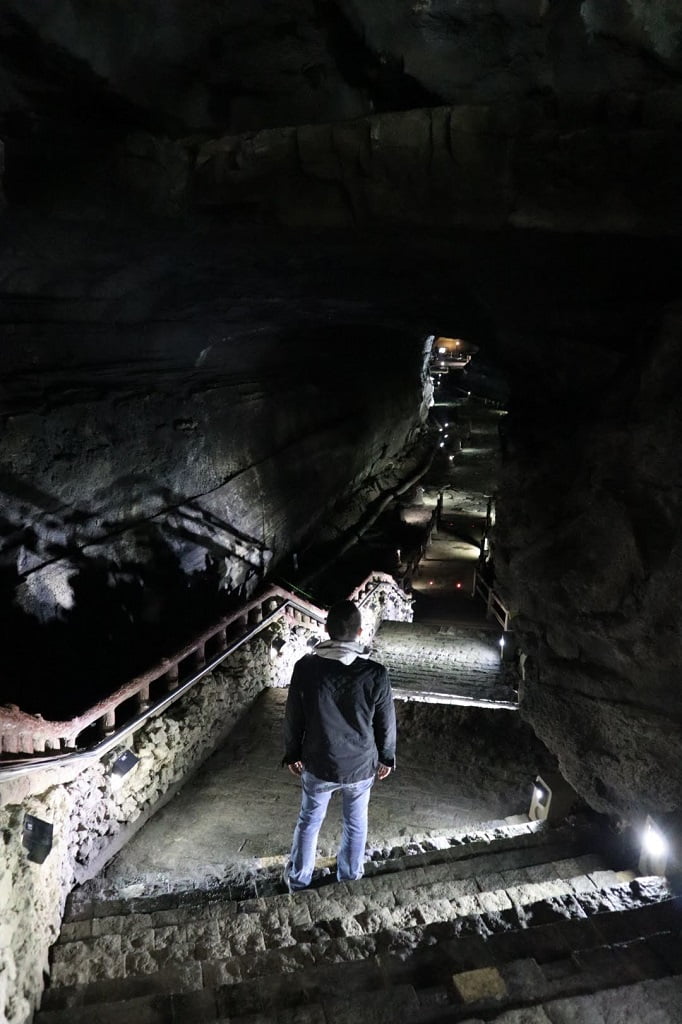
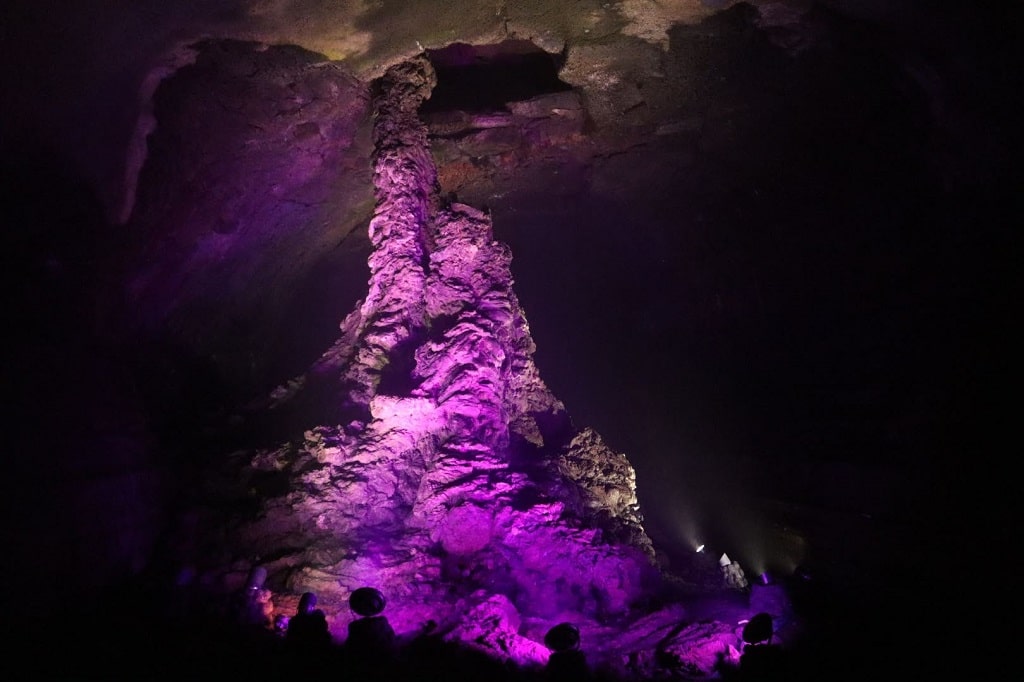
If you’ve never been in a lava tube, you’re in for a treat. The one on Jeju Island is among the largest in the world. The cool air and darkness create a unique experience that you won’t soon forget.
182 Manjanggul-gil, Gujwa-eup, Jeju-si, Jeju-do, South Korea
Jusangjeollidae (South)
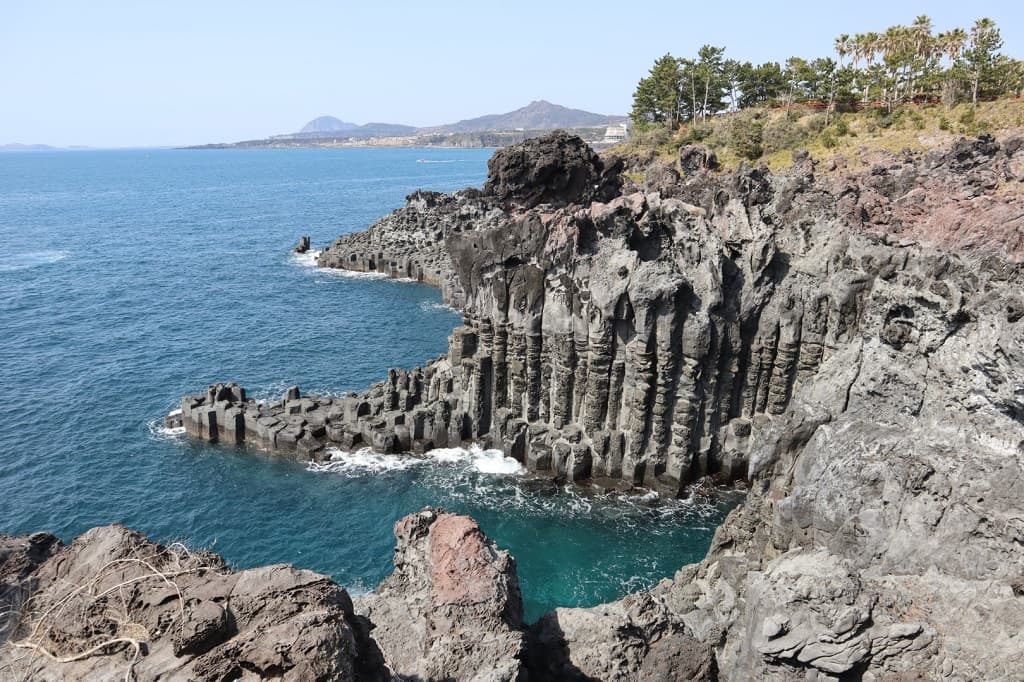
Jusangjeolli Cliff is a group of basalt columns (volcanic rock formation), created when lava from Hallasan erupted into the sea of Jungmun. It makes for a short and sweet hike that won’t wear you out for the day.
Jungmun-dong, Seogwipo-si, Jeju-do, South Korea
What to eat
Jeju isn’t what I would consider a “foodie’s paradise”, but there are some good local delicacies that are worth trying.
Black Pork BBQ

Black pig is a breed unique to Jeju.
Jeju-style Meljeot (멜젓 or salted anchovies) is the right dipping sauce for it.
Jung Jong Jeju Black Pork BBQ has coal fired Korean BBQ and is a clean place to enjoy it in Jeju City.
39 Yeono-ro, 특별자치도, Jeju-si, Jeju-do, South Korea
Gogi Guksu (Jeju Pork Noodles)
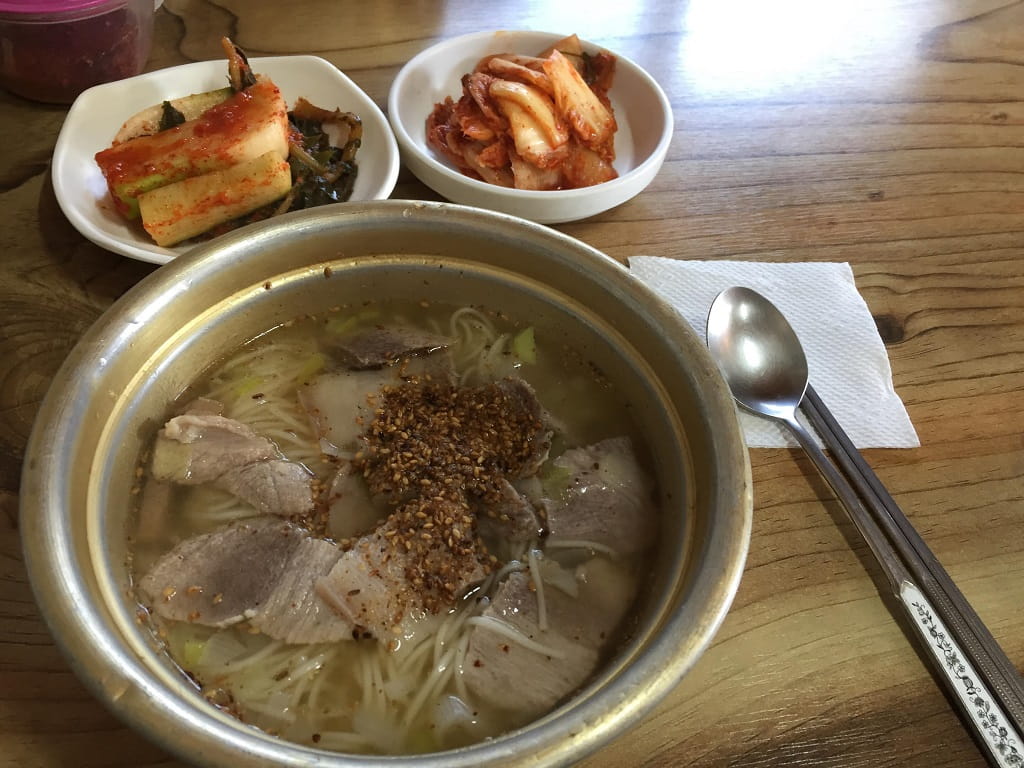
Gogi Guksu is the people’s food of the island.
It will warm you up in winter, or on a windy day (Jeju is known for its “three abundances” – wind, rocks, and women). You can find this dish all over the island.
Shellfish BBQ
Muhang Jogaeya is a good choice for shellfish bbq.
1278-7 Nohyeong-dong, Jeju-si, Jeju-do, South Korea
Insider Tip: Food allergies are considered a myth in Korea, so proceed with caution.
Explore!
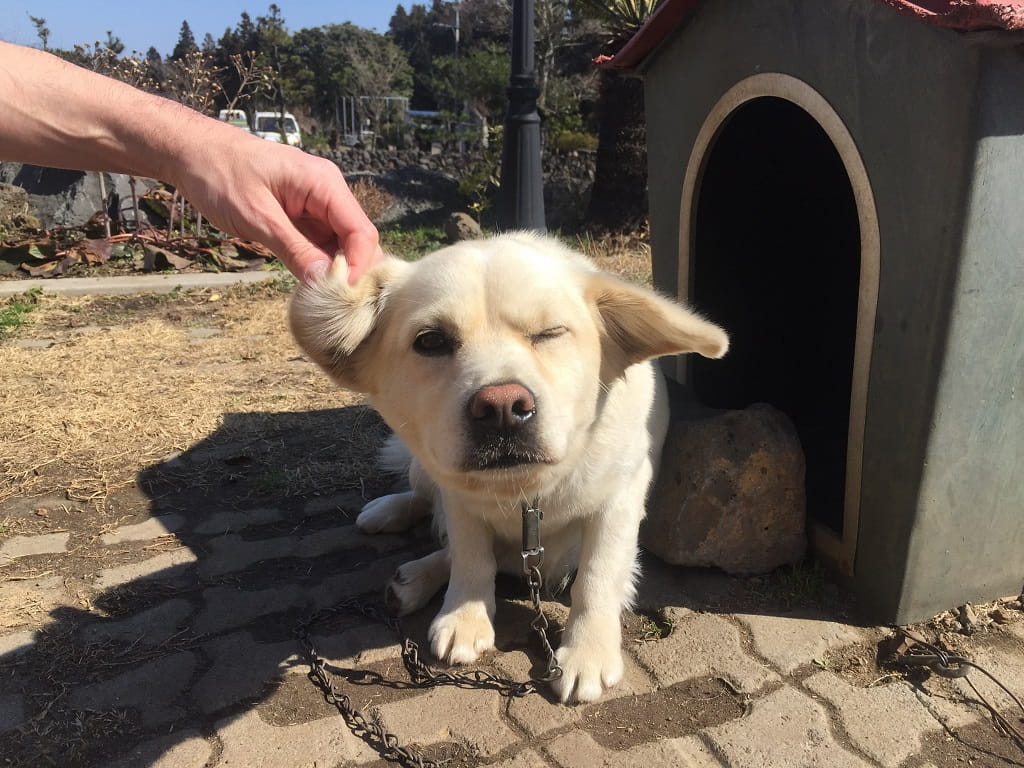
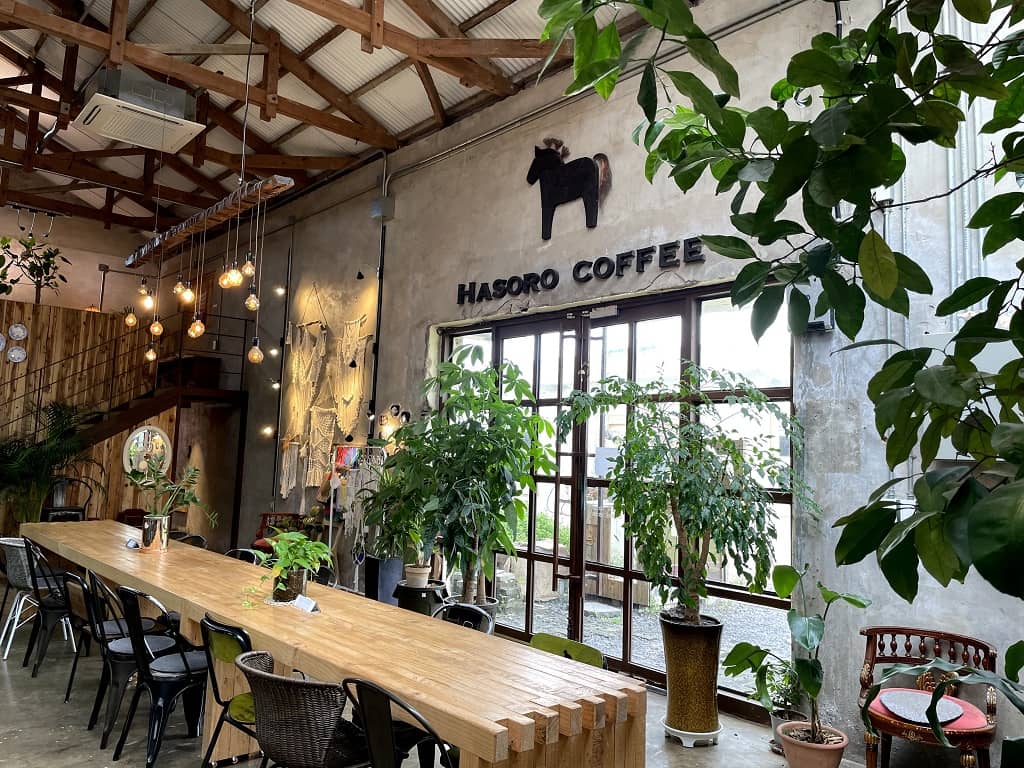
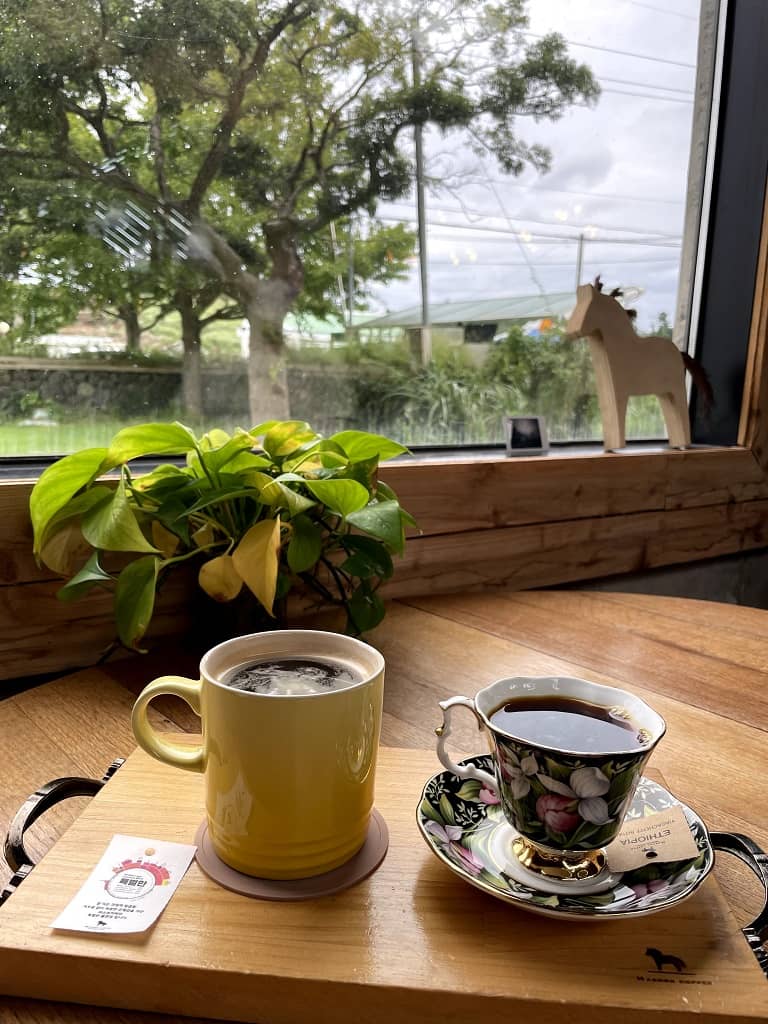
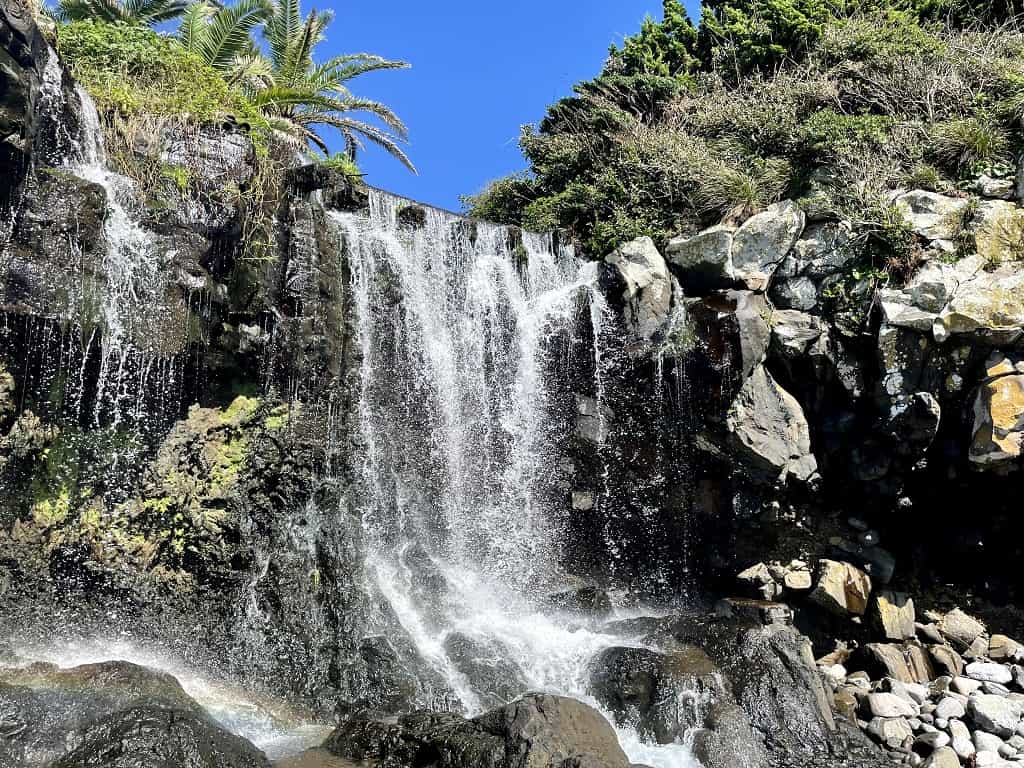
The best way to enjoy the island is to simply explore!
You’ll find cute dogs, cats, cafes, and waterfalls!
Do I need to tip here?
No need to tip in any situation.
Did we miss anything?
Let us know your thoughts about Jeju Island!
